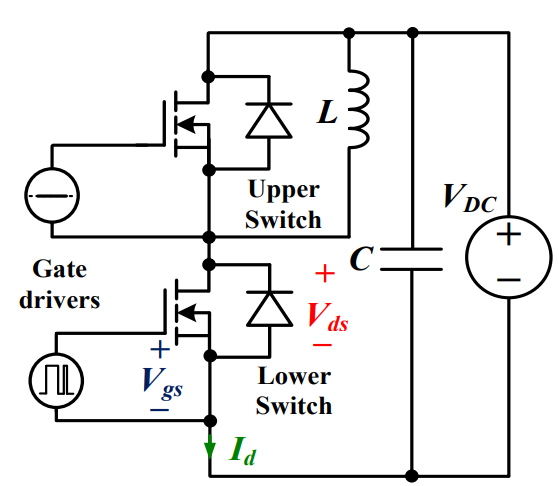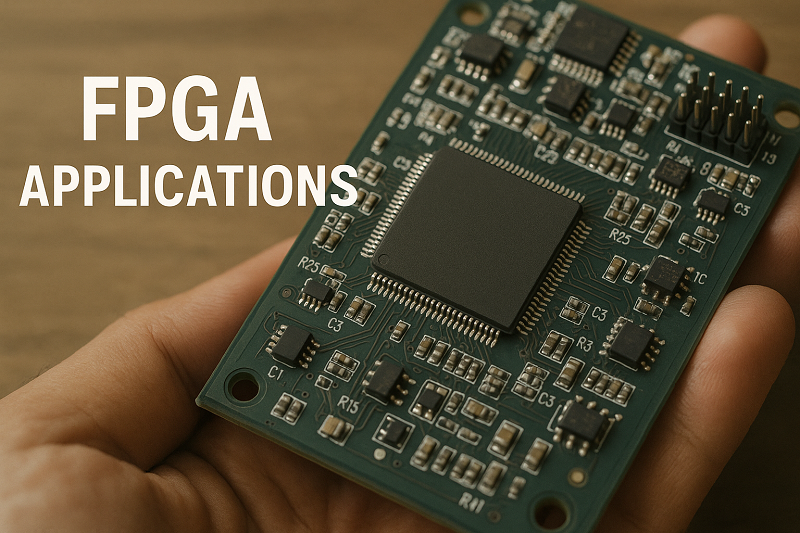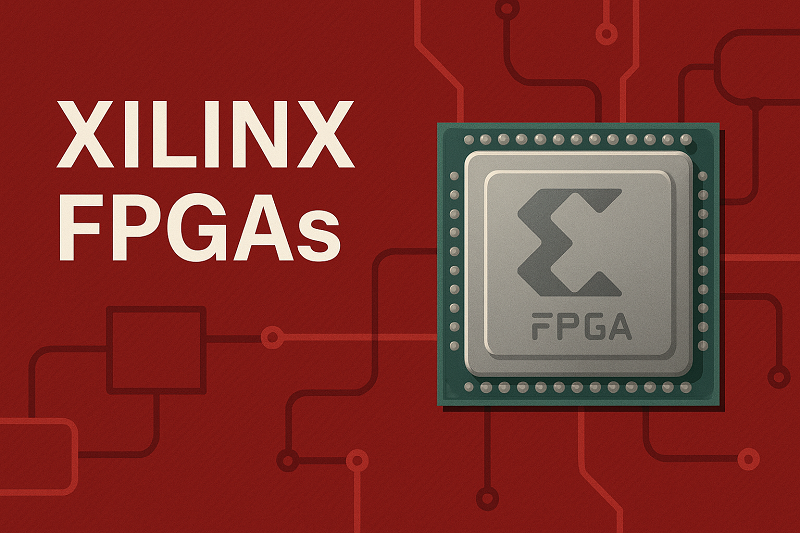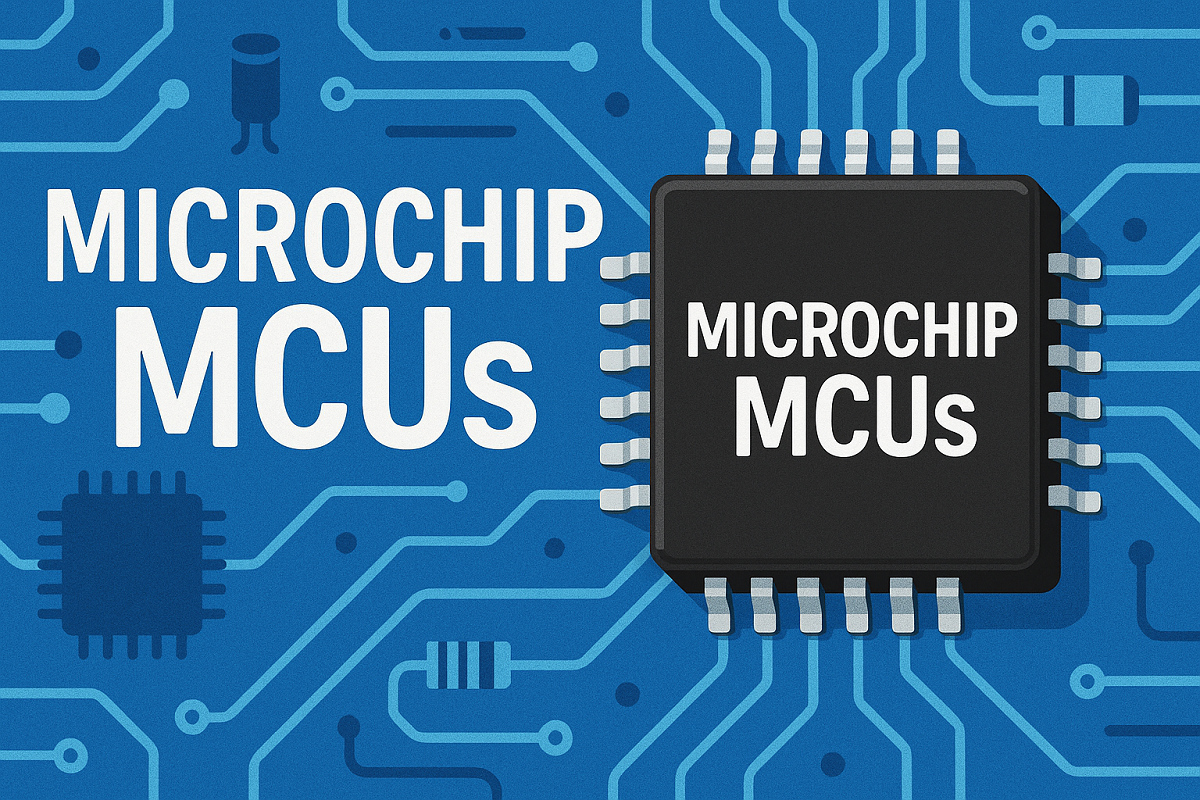Application of Wide Bandgap Devices in EV Converters
The automotive industry is undergoing a revolution, as electric vehicles (EVs) rapidly become a popular choice for consumers seeking affordable and eco-friendly transportation. One crucial aspect of EVs is their power electronics, which are responsible for converting the direct current (DC) from the battery into alternating current (AC) to power the motor. The execution of these electronics, specifically the converter, has a significant impact on the overall output of the EV. In recent years, there has been a growing interest in using wide bandgap (WBG) devices in EV converters due to their superior performance compared to traditional silicon-based devices.
Traditionally, silicon-based devices, MOSFETs and IGBTs, have been used in EV converters due to their maturity and reliability. However, these devices have limitations in terms of switching speed and power density, which can restrict the efficiency of the converter. WBG devices, such as silicon carbide (SiC) and gallium nitride (GaN) transistors, have superior characteristics such as higher breakdown voltage, faster switching speed, and lower on-resistance compared to silicon-based devices. GaN E-HEMT cascode and SiC trench MOSFET are two such WBG devices that hold great promise for further improving the converter's efficiency.
Ⅰ. An Overview of Wide Bandgap Devices
The use of GaN and SiC has gained attention as the "next generation of semiconductor devices." They have a wider band than conventional Si, as shown in Figure 1, which also displays their mapping characteristics and clarifies why they are known as "WBG Semiconductors." A cascode structure involving a low-voltage Si MOSFET with GaN-HEMT has been developed to ease the process of turning on the device. This technology has been tested on two commercial devices, resulting in improved performance and cost-effectiveness when compared to silicon-based transistors.

Figure 1 Bands of Si, SiC, and GaN.
Market researchers project that the WBG power semiconductor market will grow at a rate of 17 in the next 10 years. This is due to the growing demand for power supplies, hybrid and electric vehicles, photovoltaic inverters, and other established applications. The dynamic capabilities of 650-V cascode GaN power devices have been evaluated, showing great potential for enhancing the performance and efficiency of converters.
Ⅱ. Operating Principle of Wide Bandgap Devices with Case Study
During the experiment, the primary component used to process inputs was a GaN E-HEMT switch. The integration of inputs was achieved by using a GaN-HEMT cascode configuration with a normally-OFF LV Si MOSFET and a normally-ON HV GaN-HEMT. The devices' on-resistance was added together when both are on, but the bias voltage is sustained when the Si-FET gate was turned OFF until it reaches the pinch-off voltage of the GaN-HEMT, which turns the HEMT off. The combined device is normally-OFF with a gate threshold of the Si MOSFET and a blocking voltage equal to the GaN-HEMT gate–drain breakdown voltage. An appropriate Si MOSFET with a breakdown voltage greater than 25 V and on-state resistance smaller than the GaN-HEMT resistance can be used for this configuration.
A PSIM software simulation was conducted to create a model, which included an 80-kW AC synchronous motor, a 24-kWh/360 V lithium-ion battery with a nominal rating, and a load torque of 200 N/m. Figure 2 shows the EV powertrain models simulated on PSIM using the below formulas:

Equation 1

Equation 2

Figure 2 Block Diagram of the Proposed System.
Ⅲ. Components Used During Modelling
The simulation model consists of several components, including a constant torque load with a clutch that represents the vehicle load. This load remains independent of speed and any deviation from the value can cause undesired tire movements. An interior PMSM block was utilized in the NLEV PSIM model to represent the traction motor. Due to its high saliency, this type of motor can offer a wide field weakening range, making it an optimal choice for EV applications.
The EV dc-dc converter is a bidirectional drive that was placed between the HV battery and the motor drive. It can operate in both motoring (traction) and regenerative braking modes. The DC-DC converter control uses a PI control method to switch the converter's transistors and adjust the firing signals according to the mode of operation, whether it's charging or discharging the battery. It consists of a charge controller, discharge controller, and regeneration controller.
Lastly, the NLEV PSIM model employed a three-phase voltage source inverter for the traction motor which utilizes speed and DTC controls for torque reference and maximum torque per ampere control. Beyond a threshold speed, the motor operates in the field weakening control, and the DTC block limits the torque reference accordingly.
Ⅳ. Analysing the System Performance
The power train model was evaluated using pure silicon, GaN, and SiC at different switching frequencies. At 50 kHz, the total switch power losses in Watts for the GaN-HEMT cascade are 183 W, which is significantly lower than the pure Si MOSFET of 1080 W. At high frequencies, GaN total losses are only 2.45% of the power converted compared to 2.7% for pure Si at 50 kHz. The GaN-HEMT cascade was found to be much more efficient than the SiC trench, where the loss of load power for GaN and SiC is 0.457% and 0.675%, respectively, at 50 kHz.

Figure 3 Switch loss contributions in watts for GaN and SiC at 400 kHz.
Figure 3 shows the switch loss division between different loss sources at 400 kHz for the GaN-HEMT cascode and SiC trench. The gap between GaN-HEMT cascode and SiC trench is wider at low frequencies, where the switching loss becomes less dominant. The conduction loss of GaN is also found to be less than that of the counterpart SiC trench MOSFET.
Ⅴ. Simulation Results
Tests were conducted to evaluate the performance of GaN-HEMT cascode and SiC ACCUFET in terms of higher efficiency and higher switching frequency. The laboratory-tested system showed that the GaN switch can achieve a stable efficiency of around 98.7% at 100 kHz switching frequency, while SiC ACCUFET can record the same efficiency while switching only at 40 kHz. This GaN record efficiency is stable with different switch loading percentages, which demonstrates the superior efficiency of the GaN-HEMT cascode.

Figure 4 Turn off and turn on time of ZVS inverter.
The results are consistent with the simulation results in Figure 4, which shows the inverter circuit waveforms. The waveforms reveal that zero voltage switching (ZVS) occurs in both turn-ON and turn-OFF instants, reducing the total power losses by eliminating the switching losses of the inverter switches. Additionally, ripple reduction in voltage/current waves was achieved by using DV/DT filters, DTC methodology, and an inverter motor control loop. These techniques further improve the performance of GaN-HEMT cascode and SiC ACCUFET by reducing power losses and improving overall efficiency.
Ⅵ. Conclusion
When it comes to EVs, efficiency is a key factor to consider and the use of fast-switching GaN and SiC semiconductors can significantly reduce switching power losses and allow for high-frequency operation. Through experimentation and simulation, it was found that the total switch loss for GaN E-HEMT cascode is 2.45% at high switching frequencies, which is lower than the 2.7% of the SiC trench. Additionally, the efficiency margin between SiC and GaN switches remained relatively constant at 0.6%–0.7% for all normal load cases tested.
Switching WBG devices at 300 kHz achieves current and voltage ripple reduction, fewer passive elements, and magnetic circuit volume, improving power density and mileage. Moreover, higher switching frequency reduces converter footprint and weight by 30%, resulting in less energy consumption and higher mileage.
 Discovering New and Advanced Methodology for Determining the Dynamic Characterization of Wide Bandgap DevicesSaumitra Jagdale15 March 20242276
Discovering New and Advanced Methodology for Determining the Dynamic Characterization of Wide Bandgap DevicesSaumitra Jagdale15 March 20242276For a long era, silicon has stood out as the primary material for fabricating electronic devices due to its affordability, moderate efficiency, and performance capabilities. Despite its widespread use, silicon faces several limitations that render it unsuitable for applications involving high power and elevated temperatures. As technological advancements continue and the industry demands enhanced efficiency from devices, these limitations become increasingly vivid. In the quest for electronic devices that are more potent, efficient, and compact, wide bandgap materials are emerging as a dominant player. Their superiority over silicon in crucial aspects such as efficiency, higher junction temperatures, power density, thinner drift regions, and faster switching speeds positions them as the preferred materials for the future of power electronics.
Read More A Comprehensive Guide to FPGA Development BoardsUTMEL11 September 20254127
A Comprehensive Guide to FPGA Development BoardsUTMEL11 September 20254127This comprehensive guide will take you on a journey through the fascinating world of FPGA development boards. We’ll explore what they are, how they differ from microcontrollers, and most importantly, how to choose the perfect board for your needs. Whether you’re a seasoned engineer or a curious hobbyist, prepare to unlock new possibilities in hardware design and accelerate your projects. We’ll cover everything from budget-friendly options to specialized boards for image processing, delve into popular learning paths, and even provide insights into essential software like Vivado. By the end of this article, you’ll have a clear roadmap to navigate the FPGA landscape and make informed decisions for your next groundbreaking endeavor.
Read More Applications of FPGAs in Artificial Intelligence: A Comprehensive GuideUTMEL29 August 20251461
Applications of FPGAs in Artificial Intelligence: A Comprehensive GuideUTMEL29 August 20251461This comprehensive guide explores FPGAs as powerful AI accelerators that offer distinct advantages over traditional GPUs and CPUs. FPGAs provide reconfigurable hardware that can be customized for specific AI workloads, delivering superior energy efficiency, ultra-low latency, and deterministic performance—particularly valuable for edge AI applications. While GPUs excel at parallel processing for training, FPGAs shine in inference tasks through their adaptability and power optimization. The document covers practical implementation challenges, including development complexity and resource constraints, while highlighting solutions like High-Level Synthesis tools and vendor-specific AI development suites from Intel and AMD/Xilinx. Real-world applications span telecommunications, healthcare, autonomous vehicles, and financial services, demonstrating FPGAs' versatility in mission-critical systems requiring real-time processing and minimal power consumption.
Read More Xilinx FPGAs: From Getting Started to Advanced Application DevelopmentUTMEL09 September 20251833
Xilinx FPGAs: From Getting Started to Advanced Application DevelopmentUTMEL09 September 20251833This guide is your comprehensive roadmap to understanding and mastering the world of Xilinx FPGA technology. From selecting your first board to deploying advanced AI applications, we'll cover everything you need to know to unlock the potential of these remarkable devices. The global FPGA market is on a significant growth trajectory, expected to expand from USD 8.37 billion in 2025 to USD 17.53 billion by 2035. This surge is fueled by the relentless demand for high-performance, adaptable computing in everything from 5G networks and data centers to autonomous vehicles and the Internet of Things (IoT). This guide will walk you through the key concepts, tools, and products in the Xilinx ecosystem, ensuring you're well-equipped to be a part of this technological revolution.
Read More The Ultimate Guide to Microchip MCUs: From Selection to Real-World ApplicationsUTMEL13 September 2025817
The Ultimate Guide to Microchip MCUs: From Selection to Real-World ApplicationsUTMEL13 September 2025817Are you an aspiring electronics enthusiast, a seasoned engineer, or a hobbyist looking to bring your next project to life? If so, you've likely encountered the term Microchip MCU. But what exactly is a Microchip MCU, and how do you choose the right one from their vast portfolio? This comprehensive guide will walk you through everything you need to know about Microchip's powerful microcontrollers, from selection and programming to real-world applications.
Read More
Subscribe to Utmel !
![89HT0832PZCHLG]() 89HT0832PZCHLG
89HT0832PZCHLGRenesas Electronics America Inc.
![FOD4216V]() FOD4216V
FOD4216VON Semiconductor
![TLE82642EXUMA1]() TLE82642EXUMA1
TLE82642EXUMA1Infineon Technologies
![FODM3023-NF098]() FODM3023-NF098
FODM3023-NF098ON Semiconductor
![AD9941BSTZRL]() AD9941BSTZRL
AD9941BSTZRLAnalog Devices Inc.
![AT88SC3216C-MJ]() AT88SC3216C-MJ
AT88SC3216C-MJMicrochip Technology
![SC85410EVTAJD557]() SC85410EVTAJD557
SC85410EVTAJD557NXP Semiconductors
![AD9960BSTZ]() AD9960BSTZ
AD9960BSTZAnalog Devices Inc.
![HCS361/SN]() HCS361/SN
HCS361/SNMicrochip Technology
![AT88SC118-SH-CM-T]() AT88SC118-SH-CM-T
AT88SC118-SH-CM-TMicrochip Technology









